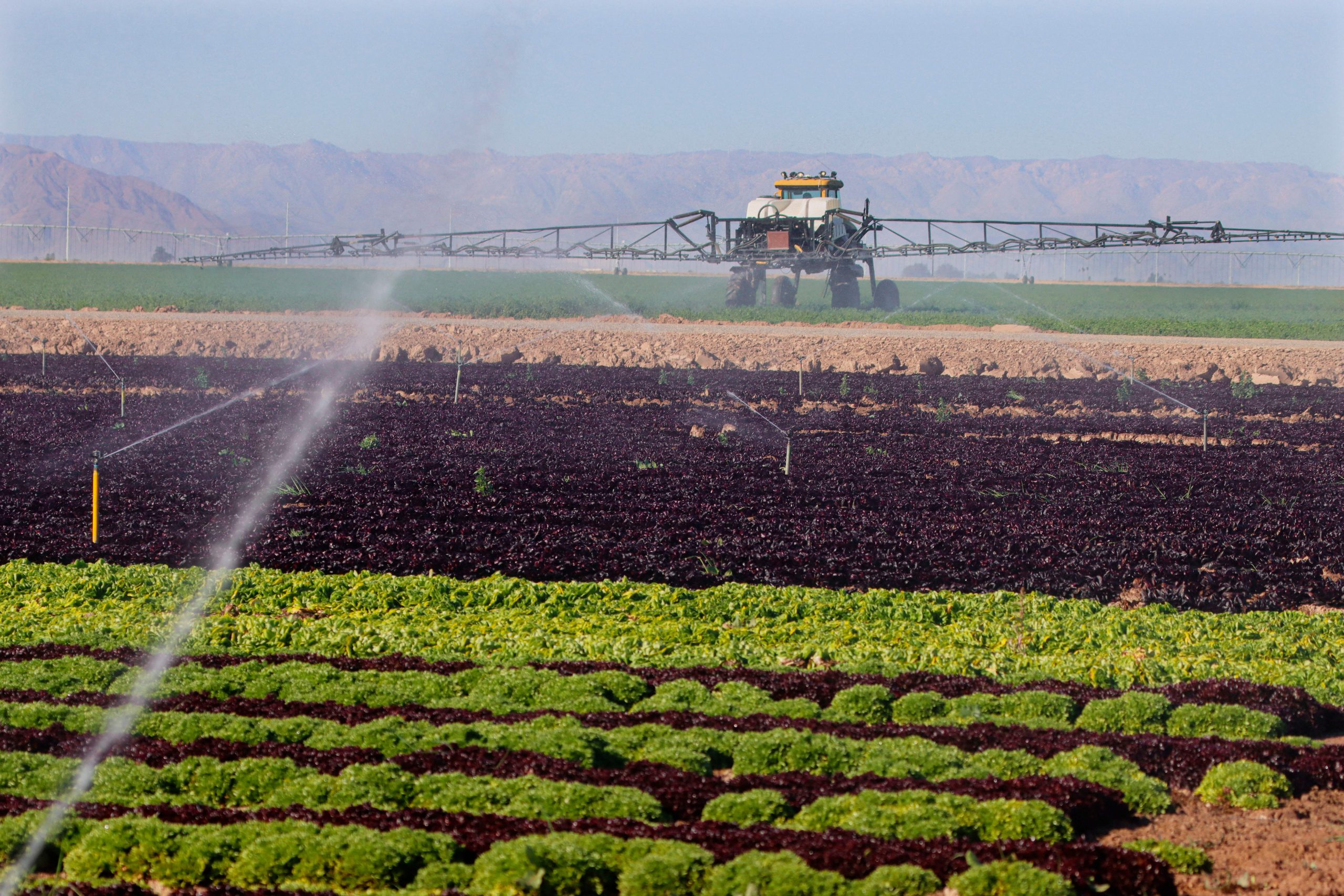California Can Slake the Thirst of Its Farms by Storing Water Underground
In drought-prone California, water scarcity is a major concern for farmers who rely on irrigation to grow their crops. One innovative solution that has gained traction in recent years is the storage of water underground.
By capturing excess water during wet periods and injecting it into aquifers for later use, farmers can ensure a more reliable water supply for their crops during dry spells. This method not only helps to mitigate the impact of droughts but also reduces reliance on surface water sources that are often over-allocated and subject to environmental constraints.
Furthermore, storing water underground can help to prevent water wastage and loss through evaporation, as the soil acts as a natural barrier to seepage and evaporation. This means that more water is available for crop irrigation, leading to higher yields and increased agricultural productivity.
Additionally, underground water storage can reduce the risk of groundwater contamination by protecting aquifers from pollutants that may leach into surface water sources. By storing water underground, farmers can ensure a clean and reliable water supply for their crops while also safeguarding the environment.
Overall, the practice of storing water underground has the potential to revolutionize water management in California and help farmers adapt to the challenges of climate change. By utilizing this innovative solution, California can slake the thirst of its farms and ensure a sustainable water supply for future generations.
